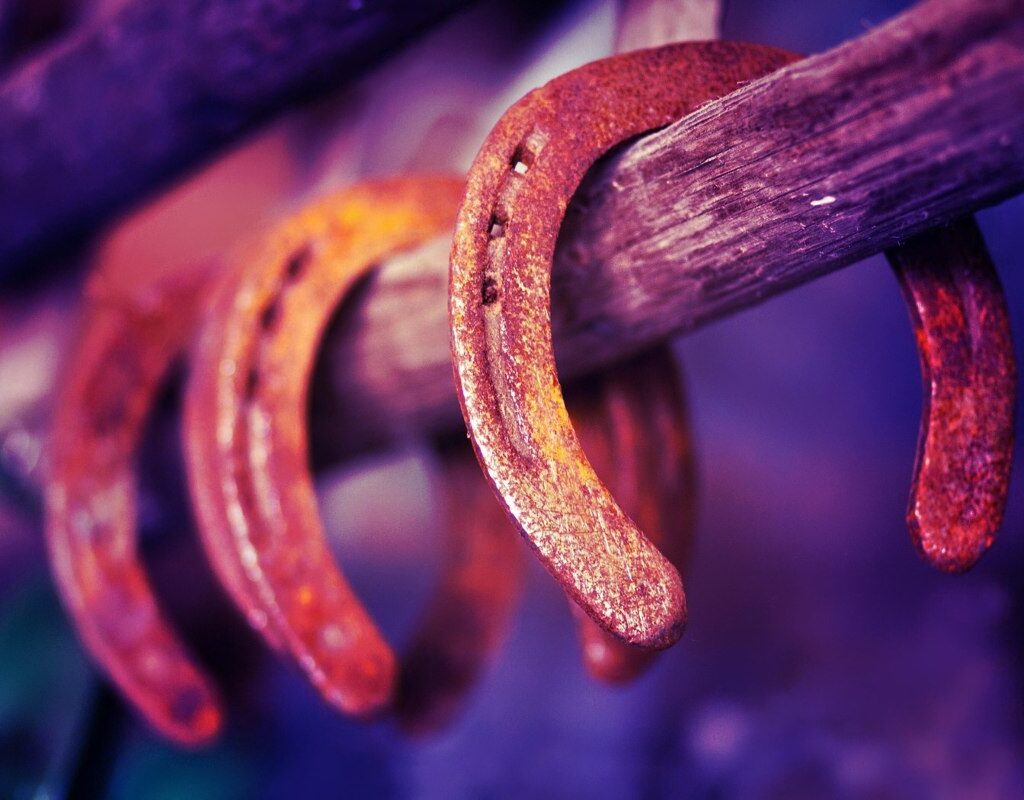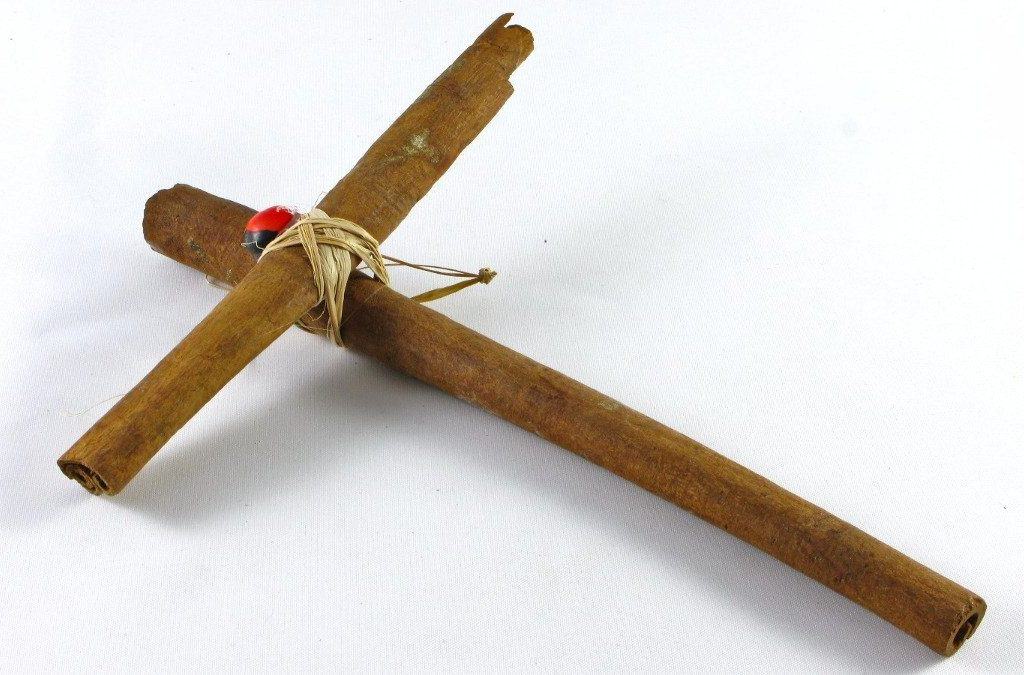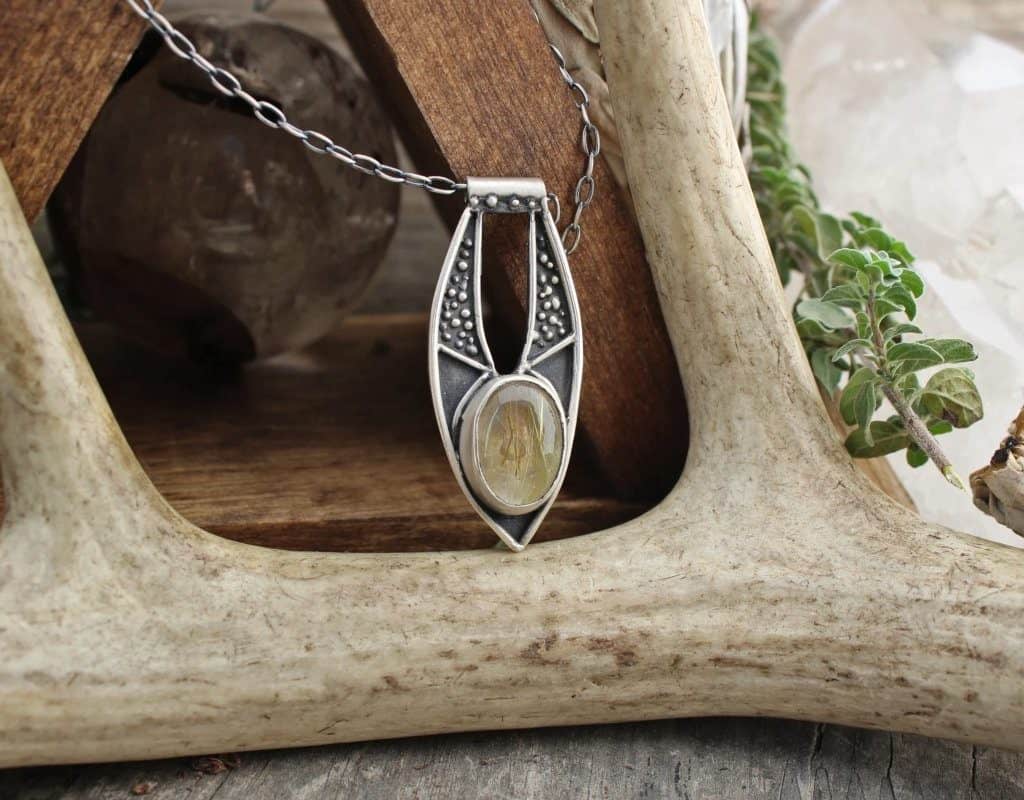The horseshoe, a straightforward U-shaped piece of metal, has surpassed its basic utility, evolving into a globally acknowledged charm. How did such a pragmatic item embed itself so profoundly in our collective psyche as a beacon of protection and fortune?
The Enigmatic Horseshoe: More Than Just an Object
While myriad cultures have assigned mystical properties to various items, the horseshoe’s narrative as a safeguarding talisman began in Ancient Greece.
It was postulated that this artifact, besides shielding horse hooves, could also ward off malevolent spirits and ailments. However, it wasn’t until the 10th century in medieval England that the horseshoe firmly established its talismanic stature.
St. Dunstan: The Blacksmith Who Challenged the Devil
St. Dunstan, Archbishop of Canterbury, was a pivotal figure in 10th-century England. But before rising to prominence, he plied his trade as a blacksmith in Glastonbury. Here, the boundary between legend and history blurs, making Dunstan an iconic character in the horseshoe’s lore.
As chronicles have it, the Devil sought to ensnare Dunstan on multiple occasions. In one instance, he manifested as a maiden attempting to bewitch him. Failing that, his demonic visage was exposed.
With swift cunning, Dunstan seized the Devil by the nose using red-hot tongs. While the Devil did escape, he soon returned, this time requesting Dunstan to shoe his horse. Recognizing his nemesis, Dunstan craftily nailed the horseshoe, inflicting excruciating pain.
In a bid for release, the Devil vowed never to enter any dwelling protected by a horseshoe.
From Defense to Fortune
This fable bolstered the horseshoe’s protective emblem status throughout England. Households hung horseshoes on their thresholds, believing they repelled not just the Devil but other sinister spirits and threats as well.
However, the horseshoe’s role didn’t remain solely defensive. Over time, another belief emerged: if a horse lost a horseshoe and someone chanced upon it, that serendipity heralded good fortune.
This spurred individuals to actively seek out lost horseshoes, hanging them in their abodes as harbingers of prosperity and luck.
The Horseshoe in Today’s World
Over the centuries, the horseshoe’s mystical prominence remains undiminished. Presently, it’s a frequent motif in jewelry, tattoos, and home décor. Although contemporary society has distanced itself from many age-old superstitions, the horseshoe stands unwavering as a symbol of guardianship and auspiciousness.
Furthermore, the horseshoe’s cultural adaptability is commendable. In certain cultures, the orientation in which it hangs—points upwards or downwards—carries distinct implications, but the object’s protective and fortunate essence remains consistent.
The horseshoe’s history illustrates how human beliefs can metamorphose a functional item into a potent cultural emblem. Through legends and traditions, this unassuming metal piece has assumed a significance transcending boundaries and eras.
In a world replete with uncertainties, it’s hardly surprising that many still repose faith in the horseshoe’s protective and fortuitous magic.




